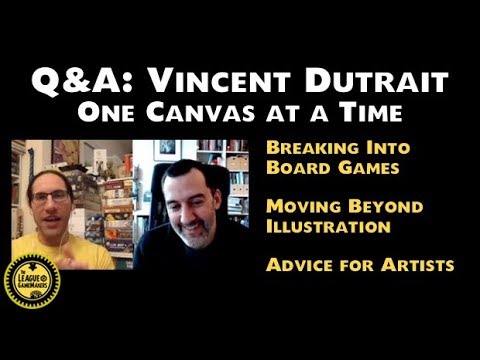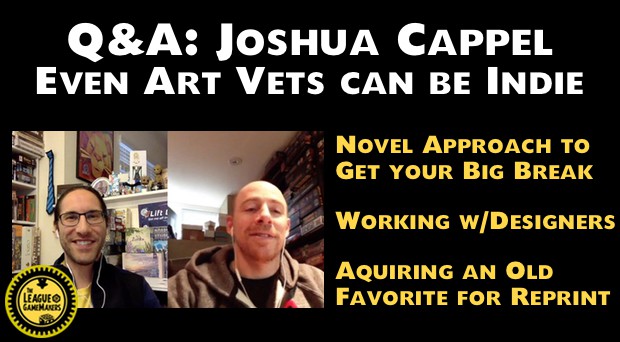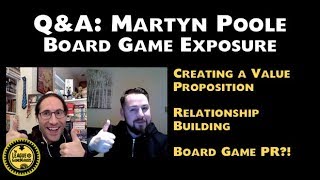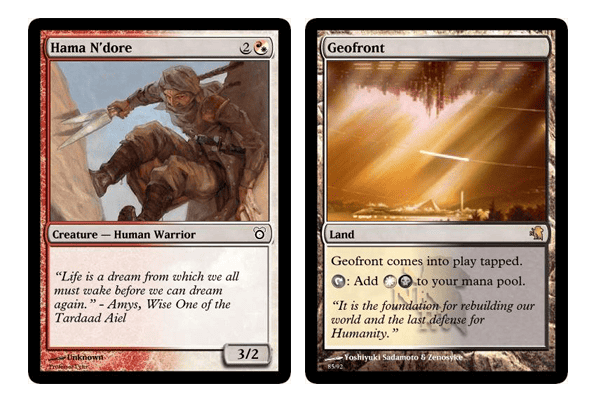
Fellow Leaguer, Mark Major, defines “flavor”, as it pertains to game design, in his article introducing us to context.

Flavor draws the player into feeling like the game is bigger than himself–that he has entered a world with history that precedes him, activity that surrounds him, and… if the flavor is rich enough, it can suggest that maybe, just maybe, the world will go on just fine without him when he leaves.
In light of Kelsey’s advice that we ought to consider the World of the Play, let’s imagine for a moment that our game is a play or a movie. What do we consider most in a good movie?
1) A plot that matters (the objective and the pursuit of it)
2) A well-written script (the mechanics)
3) Skillful acting to believably animate the script (the theme)
(Note that good writing can get overshadowed by bad acting, but also, bad writing can look a little better with good acting. Feel free to extend the same truth through the rest of the metaphor.)
With those three aspects alone, you could have a very enjoyable movie. But may I please direct your attention to the extras… Forgot about them, didn’t you? The portfolio-laden businesswoman walking hurriedly across the street. The teenager texting on her phone while she sits three rows back on the bus. The bratwurst vendor reaching his tongs into his cart. They look like they are part of this city life, and in turn remind you that the main actors you are watching are just a slice of this world. Furthermore, you yourself feel much smaller.
When you have about three minutes to spare, check out this video about Sonder. Sonder is defined by The Dictionary of Obscure Sorrows as
“THE REALIZATION THAT EACH RANDOM PASSERBY IS LIVING A LIFE AS VIVID AND COMPLEX AS YOUR OWN.”
Flavor, in your game, is like extras in a movie – random passersby. If the viewer doesn’t stop to consider them, they still subconsciously enhance the main action. If the viewer does notice them, then it triggers this sensation of sonder, adding immeasurable depth to the experience.
Let’s assume you have a design with tight mechanics, a fool-proof set of instructions, and even an intriguing theme. How do we create flavor?
There are three veins of flavor: rules, art, and text.
RULES
Adding flavor through rules is perhaps the least common, though I am beginning to see increasing trends in the mainstream. Flavorful rules can be seen in determining who starts the game (the player with the pointiest ears goes first), actions or sounds triggered within the game (bark like a dog whenever the dog moves), or announcing the winner (stand up and cheer “olé!” when you are out of cards). Obviously, not every type of game should use this style of flavor. And, if you do, make sure it is consistent with your theme (the “olé!” rule would be great in a bullfighting game, and not so much in space combat).
ART
The level of depth you can add through art is almost infinite. The more detail, the better. I draw portraits as a hobby. Drawing hair is probably the most annoying part of the job, because the sad truth is that the more individual hairs you draw, the better it looks. There really aren’t any shortcuts. Likewise, the more detailed art you have in your game, the more effort it looks like you put in. Because, well, you did.
And I totally get the allure of wanting to copy one of my cool graphics here and paste it there in the rulebook and there on the back of the box and there on the logo. Guilty. But trust me – the more unique each piece of art is, the more flavor will be translated.
Include (in the rulebook, board, or box) pictures of people, places, and things that aren’t main focal points in the game itself. Remember our discussion about the extras. Again, and let it go understood from here on out, these elements must be consistent with the theme.
TEXT
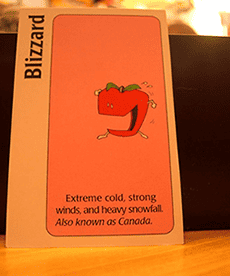
Not an artist? You can still add intriguing depth of flavor with finely crafted creative text.
Find one of many quotation databases on the internet, and conduct a search for quotes containing words that correspond to key aspects of your game (for example, time, betrayal, romance). These make great fodder for boxes in your rulebook. Maybe even on the cards themselves.
Have you played Apples to Apples? You know that every single card has some quote or quip on it relating to the word.
- Do you have characters in your game? What sort of things would that character say?
- Landmarks and locales? Tell me some history!
- Did you invent these people, places, and things? Perfect! Invent a backstory to go along with them. Fabricate a history. Go deeper.
In improv, we have a mantra when we need help creating depth in a character or situation: “If this is true, then what else is true?” Say you have a card with a picture of a derelict monastery. If it’s true that the monastery is abandoned and falling apart, what else is true? Perhaps the monks were chased out. If that’s true, what else is true? They were raided by Vikings. Okay, what else is true? The Vikings arrived looking for treasure. What else? The treasure was Charlemagne’s crown… you get the idea. All of a sudden, you have some interesting details at your disposal. Take this mantra as your own as you look for creative ways to write and draw flavor into your game. It will take time and effort, and maybe even a bit of research. But trust that it will not be lost on your players, as they explore each and every nuance of the world you created and filled.
A very current example of some stunning flavor text is in The Shadow over Westminster.
I had the pleasure of playing it with the designer, Robert Huss, during its phase as a finalist in the Tabletop Deathmatch 2013. This game is drenched with theme-enhancing flavor, making a highly immersive experience. Highly anticipated to arrive in 2015.
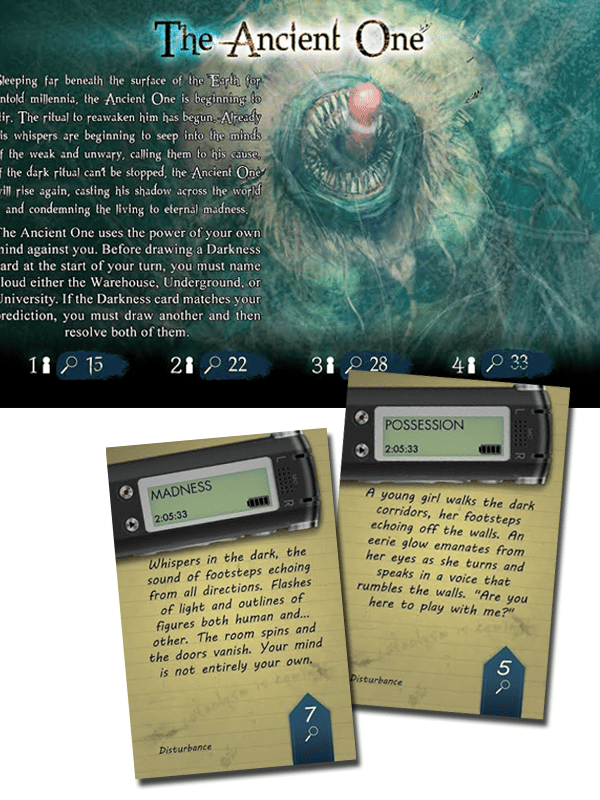
What flavor have you noticed in your favorite games? A quote that is particularly funny? Let me know in the comments!


